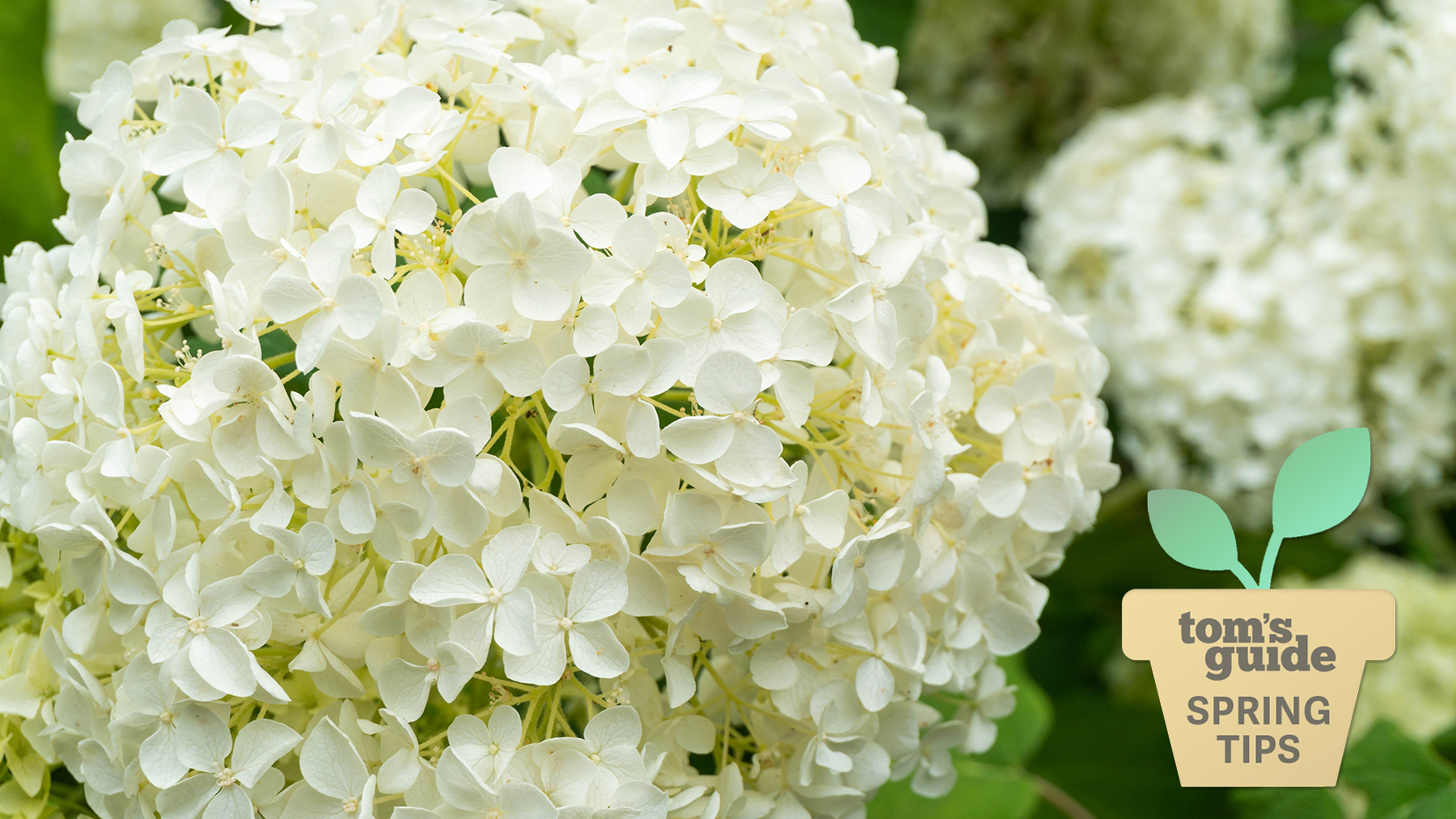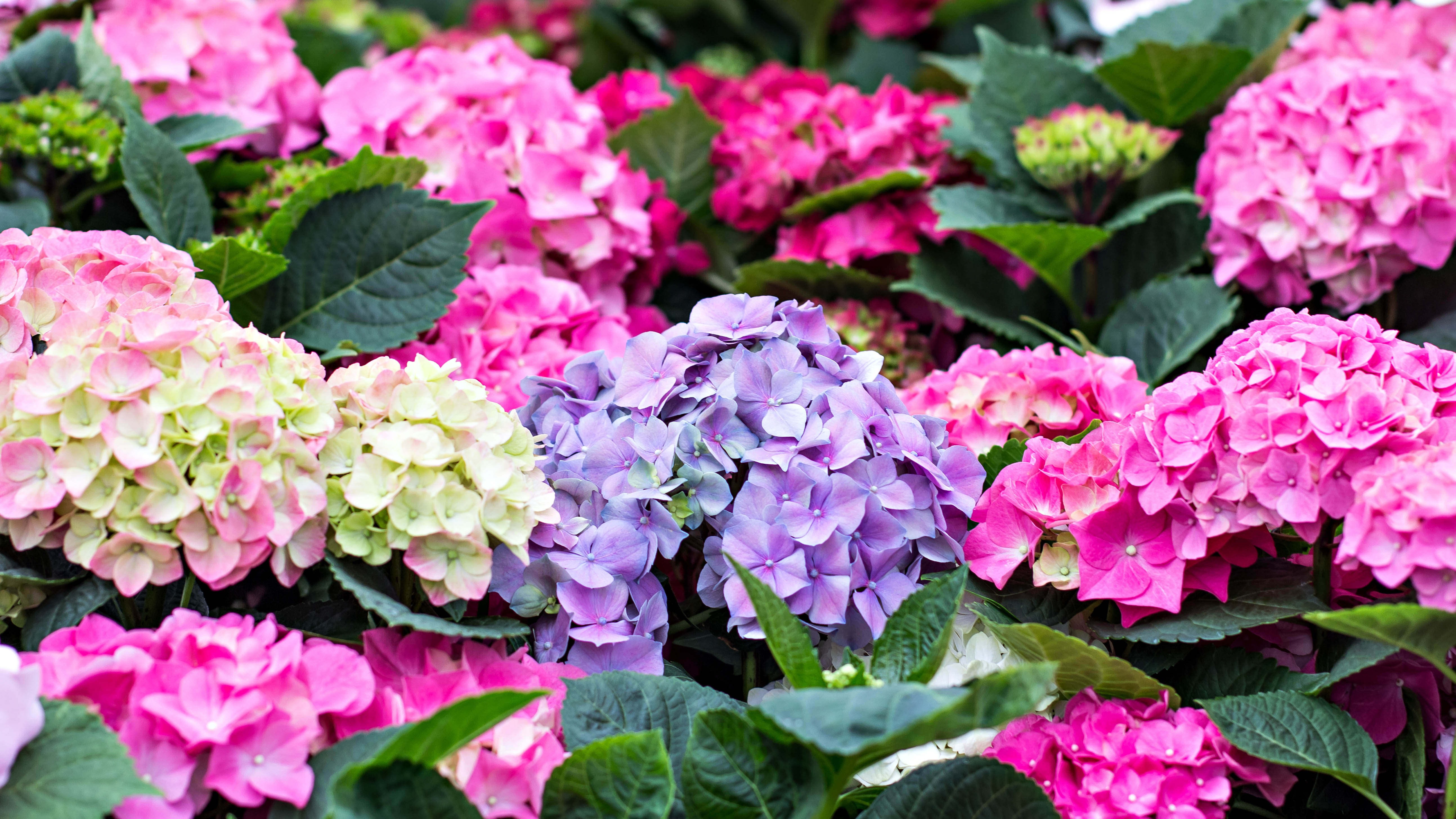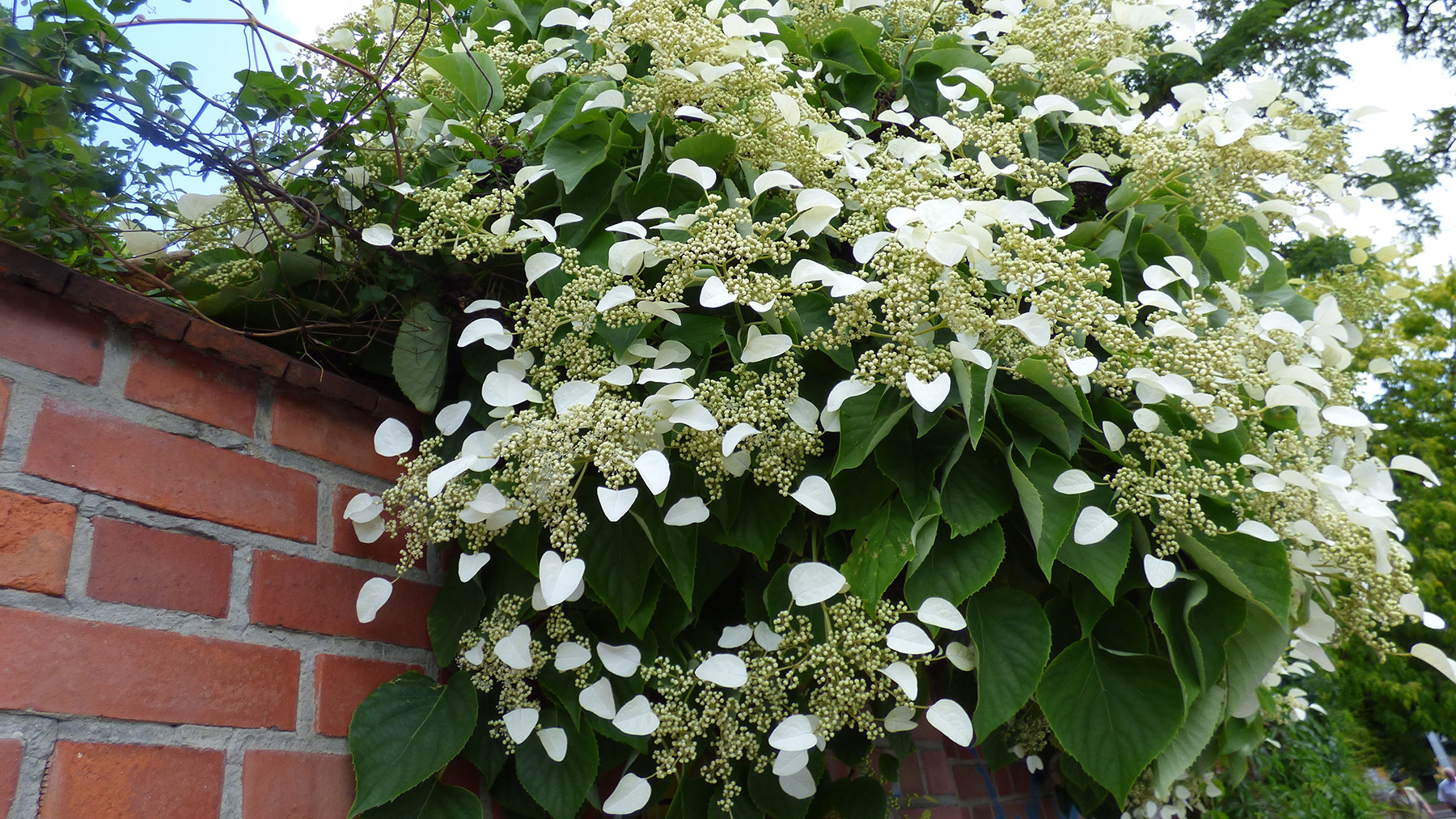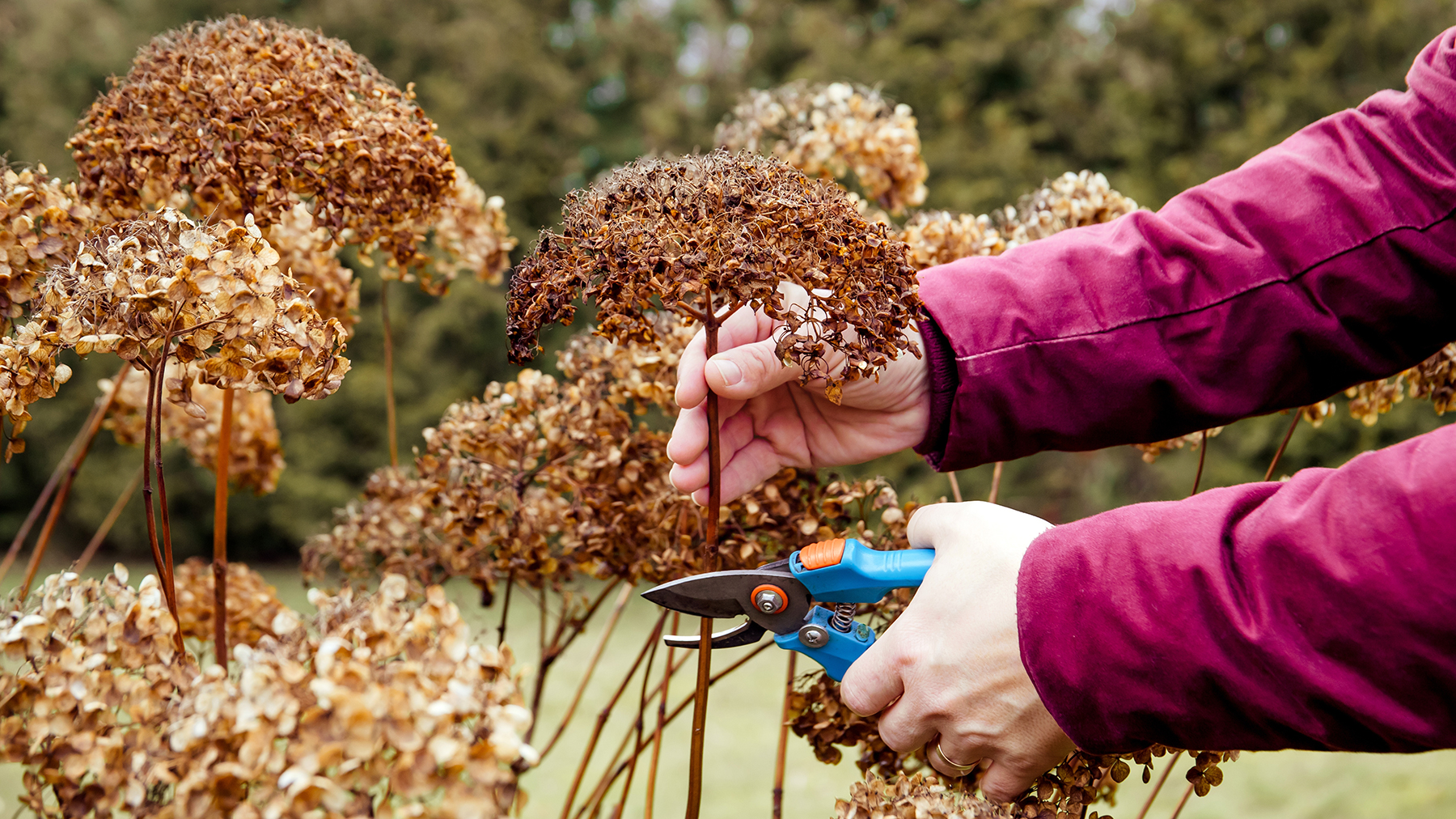
Hydrangeas are one of my favorite plants, although I have a few others too! I eagerly await their buds coming into full bloom each year and their show-stopping floral display.
What’s more, hydrangeas have a long flowering season, meaning once they’ve started to flower, you can continue to enjoy them for several months. Then, even once the flower heads begin to fade, you can put away your best pruning shears and forget about deadheading, as the flowerheads provide a striking architectural structure in the garden.
So, which month can you first expect hydrangeas to flower? We’ve called on garden experts to reveal all.
When do hydrangeas flower?

“Most varieties of hydrangeas flower late spring to early fall, between May to September,” says Linda Vater, author and garden designer at Southern Living Plant Collection, “However, the exact timing can vary depending on the specific variety, weather conditions, and planting Zone.
It will also be affected by the environmental conditions of where it’s planted and the vagaries of the current growing season. Lorraine Ballato, horticulturist and resident hydrangea expert at the New York Botanical Garden, says: “I have several oak leaf, quercifolia hydrangeas. But they don’t flower at the same time since one gets more shade and another has better moisture-retentive soil.”
She also highlights the different bloom cycles in the U.S., stating that the bloom cycle is earlier in the South, whereas in the Northeast, it is much later. The variety will also make a difference: “The latest ones to flower are the paniculatas, panicles, like ‘Limelight’, ‘Firelight’, and ‘Quickfire’ that prefer sun, but those that get less sun will flower later.”
When hydrangeas bloom depends on their type

Although Ballato says the “schedule” will be different for each garden and planting Zone, the following is a general guide to when hydrangeas bloom:
Smooth hydrangea, arborescens hydrangea
Early June and beyond
Oakleaf hydrangea, quercifolia hydrangea
June and beyond
Bigleaf hydrangea, hydrangea macrophylla
Early to mid-June, and some varieties bloom a week or two later
Panicle hydrangea, hydrangea paniculata
July and August and beyond
Climbing hydrangea, hydrangea anomala petiolaris
Late June and beyond
Vater adds that bigleaf hydrangeas, also known as mophead or lacecap hydrangeas, such as ‘Dear Dolores’, are known for their large, round clusters of blooms and typically flower from spring to fall. “New flower buds tend to appear earlier in spring compared to other types and will continue to rebloom on old and new wood throughout the season,” she explains.
However, Vater adds, “Panicle hydrangeas, such as 'White Wedding', bloom a bit later in the season, generally from summer to fall.
Signs that your hydrangea is about to flower

If you’re like me and are keen to watch for the early signs that your hydrangeas are getting ready to flower, there are a few indicators to look out for. Vater says, “Look for the plant to break dormancy — little green buds will appear along the length of the stems — and then examine the plant for bud formation.”
You can expect the buds to form in early spring, around April or May for many regions. As they mature and gradually increase in size, they may change color. She adds, “The stems that bear flowers might become noticeably thicker and sturdier than non-flowering stems. This indicates that the plant is directing resources towards flower development.”
How long do hydrangeas to bloom?
One of the reasons I love hydrangeas so much is their long flowering season. “They hold their flowers for the entire season and change color as they age,“ says Ballato.
Once they’ve finished blooming, Ballata says that many gardeners, like me, leave the flowers on the plant for winter interest and to provide a habitat for birds.
She also mentions that remontant varieties, also known as reblooming hydrangeas, including big leaf and mountain hydrangeas, push up new flowers throughout the season. But why are these hydrangeas so prolific? This is because they can produce blooms on old and new wood, meaning you can enjoy the flowers from spring through to fall. One particular powerhouse of blooms is Endless Summer, which can produce flowers from early summer through to October.
What would prevent a hydrangea from flowering?
If you look forward to seeing the buds and blooms emerge, it can be disappointing if your plant doesn’t perform. However, there could be several reasons that are impacting your plant’s flowering success.
Ballata explains a wide array of environmental conditions can affect performance, including light, moisture, soil conditions, pruning habits, fertilization, and where the plant is positioned in winter. “Weather is another big issue,” she adds. Fluctuating temperatures once the plant has broken dormancy can spell disaster for successful flowering.
Should you deadhead hydrangeas?

There are two rules when deadheading hydrangeas. Deadhead them during the flowering season to promote new blooms but leave them intact at the end of the season. Vater explains, “Flower heads can be removed as they fade by clipping the spent bloom from the top portion of the stem. This will signal to the plant to put more energy into producing new blooms. However, near the end of the growing season, some varieties of hydrangeas can provide winter interest with aged blooms left in place.”
Ballato agrees, “The spent flower heads provide a measure of winter protection — like an umbrella.”
She also advises, “Stop any cutting and fertilizing when night time temperatures are consistently below 60°F. That’s when some of the hydrangea varieties set up their buds for the following year, and you don’t want to push any new growth for about 6-8 weeks after that temperature change.”







